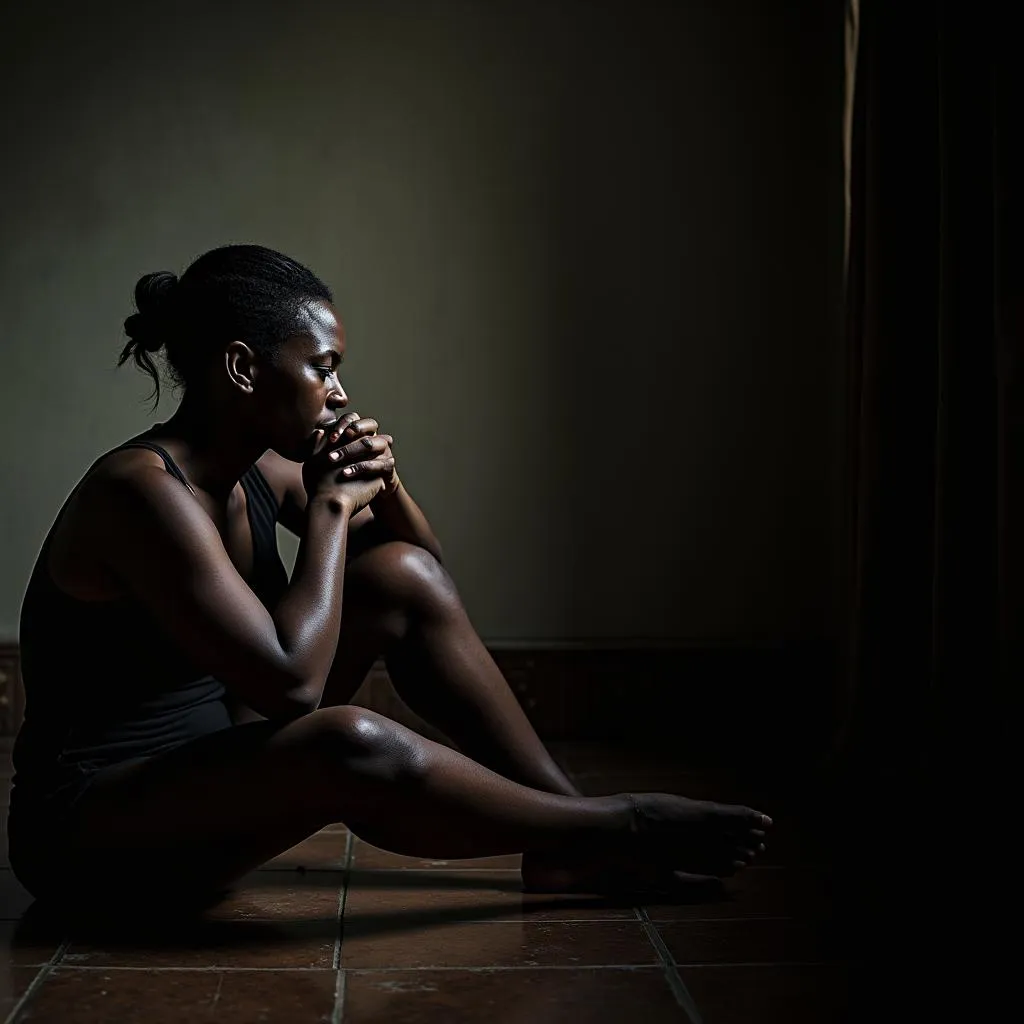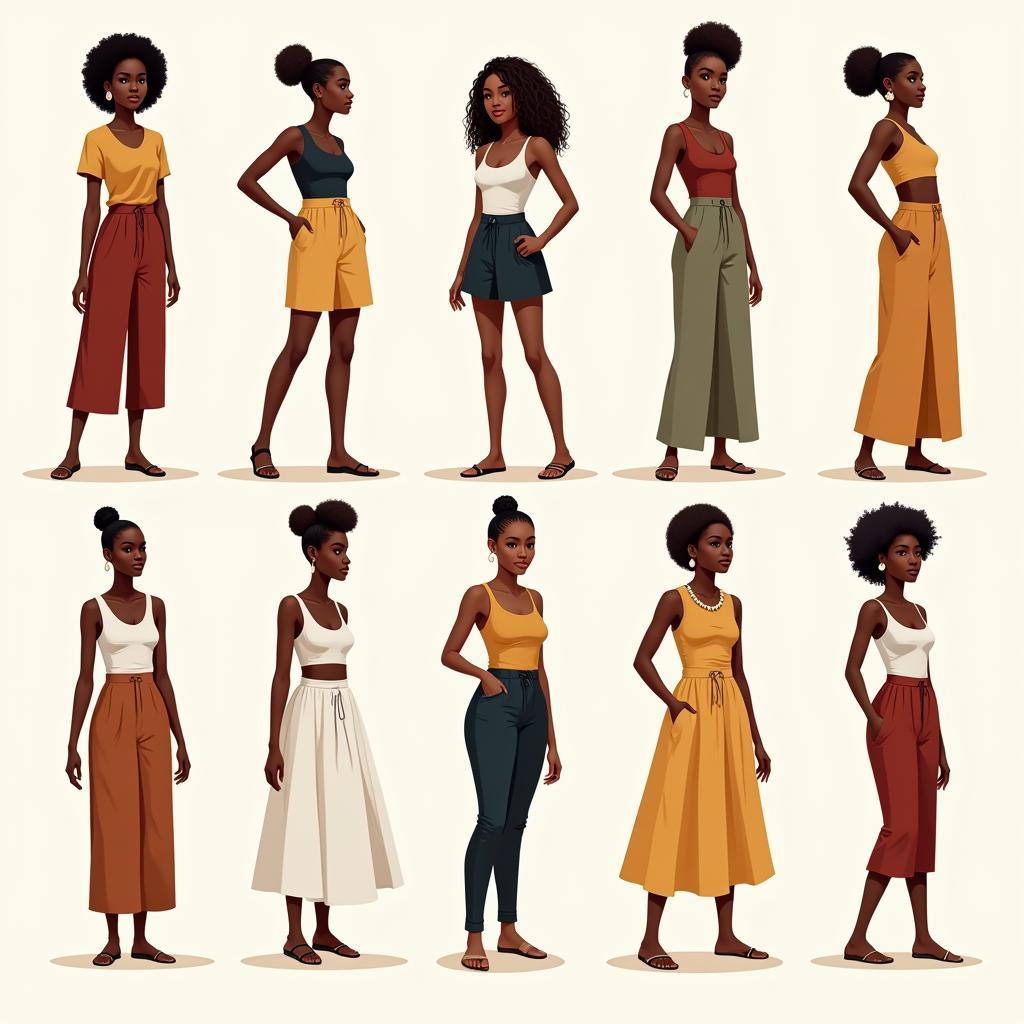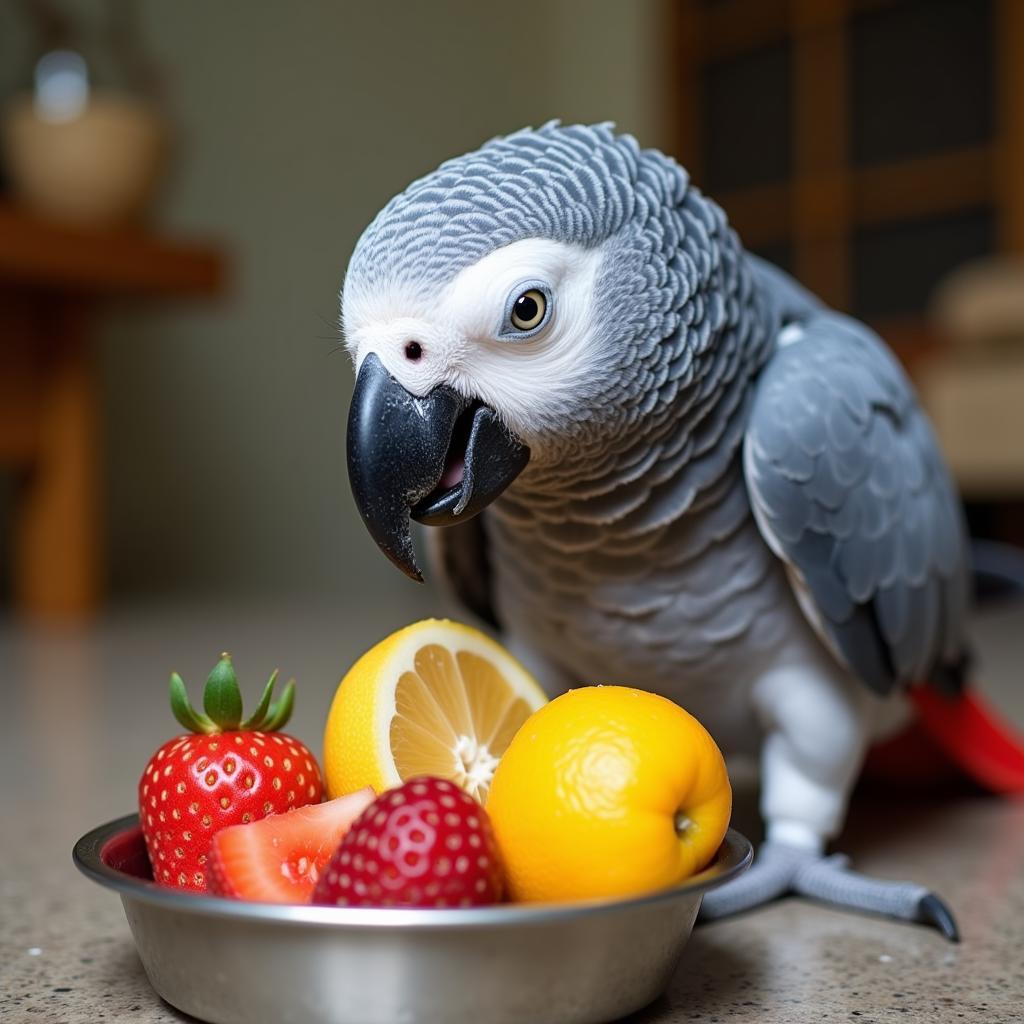African Blankets: A Tapestry of Culture, Tradition, and Style
African Blankets are much more than just fabric. They are vibrant expressions of identity, history, and artistic prowess, woven into the very fabric of African Life. From the intricate patterns of the Kente cloth in Ghana to the bold geometric designs of the Shweshwe fabric in South Africa, these blankets tell stories of heritage, spirituality, and social status.
A Journey Through the World of African Blankets
The African continent is a tapestry of diverse cultures, each with its own unique tradition of weaving and fabric design. Understanding these traditions is key to appreciating the beauty and significance of African blankets.
The Art of Weaving: A Time-Honored Tradition
Weaving is an art form that has been practiced in Africa for centuries. From handloom techniques passed down through generations to modern weaving mills, the process of creating these blankets is often a community affair, with intricate designs and vibrant colors reflecting the shared cultural heritage.
-
Kente Cloth (Ghana): This iconic fabric, made of hand-woven strips of silk or cotton, is known for its elaborate geometric patterns that represent proverbs, clan symbols, and social status.
-
Shweshwe Fabric (South Africa): This indigo-dyed cotton fabric, first produced in the 19th century, is renowned for its bold patterns and vibrant colors, making it a staple in South African fashion and cultural celebrations.
-
Bogolanfini (Mali): Also known as mudcloth, this fabric is made using natural dyes derived from mud, plants, and other natural resources, creating stunning earth-toned patterns and textures.
Beyond Decoration: The Significance of African Blankets
African blankets are more than just decorative items; they serve a multitude of purposes and hold deep cultural and spiritual meaning.
-
Ceremonial Use: Blankets are frequently used in ceremonies, weddings, funerals, and religious rituals, symbolizing status, respect, and tradition.
-
Clothing and Fashion: Many cultures utilize these blankets as wraps, shawls, or clothing items, often incorporating them into traditional attire.
-
Home Decor: African blankets add vibrant pops of color and patterns to homes, serving as throws, wall hangings, and even tablecloths, reflecting the owner’s heritage and taste.
“African blankets are more than just fabric; they are a celebration of the richness and diversity of African cultures,” says Professor Adebayo Olagunju, a renowned textile historian. “Their intricate designs and vibrant colors tell stories that have been passed down through generations, capturing the essence of a people’s history, beliefs, and traditions.”
Modern Interpretations and Global Appeal
Today, African blankets are experiencing a resurgence of popularity beyond their traditional settings. Designers are incorporating their vibrant patterns and textures into modern fashion, home décor, and even furniture. The appeal lies in the authenticity, artistry, and cultural significance these blankets embody.
-
Fashion Trends: African blanket patterns are increasingly seen on runways and in high-street fashion, showcasing the versatility and beauty of these traditional designs.
-
Home Decor: From throw pillows to rugs to wall art, African blankets are finding their place in contemporary homes, adding a touch of global flair and cultural depth.
-
Sustainable and Ethical Practices: The use of natural dyes and handwoven techniques in many African blanket traditions is a testament to sustainable and ethical practices, resonating with growing consumer demand for eco-friendly and ethically sourced products.
FAQ
- What are some popular types of African blankets? Some popular types include Kente cloth, Shweshwe fabric, Bogolanfini, and Aso Oke.
- What are the typical colors and patterns found in African blankets? Colors range from vibrant reds and yellows to earthy browns and greens, and patterns often include geometric designs, animal motifs, and symbolic representations.
- Where can I find authentic African blankets? You can find them online through specialized retailers, at African art and craft markets, and through local artisans and cooperatives.
Conclusion
African blankets offer a window into the rich cultural heritage of the continent, showcasing the artistry and craftsmanship of a diverse range of communities. Their vibrant patterns, symbolic meanings, and practical uses make them more than just fabric—they are a tapestry of stories waiting to be explored and celebrated.


